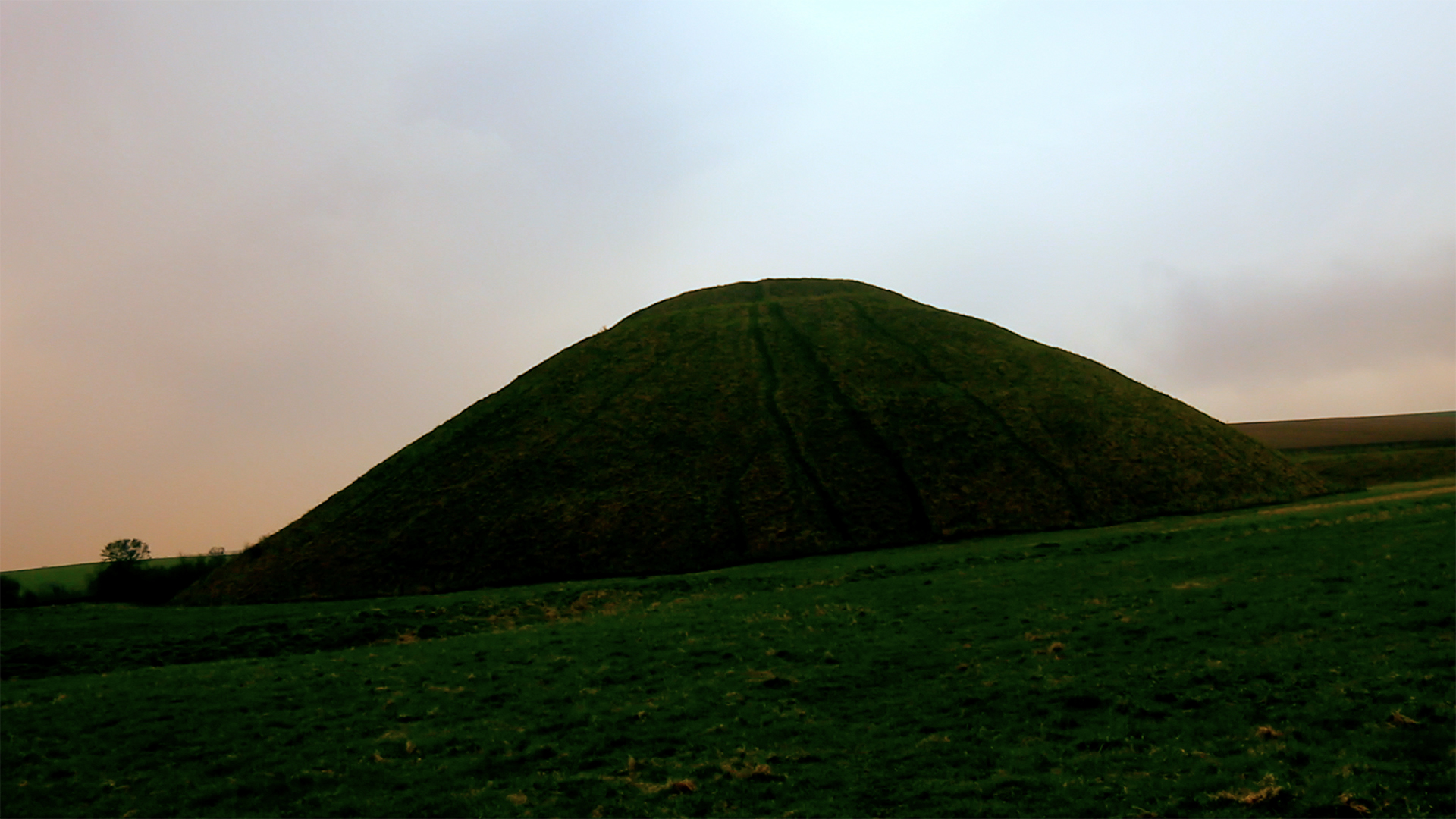
NOTES ON NOTES FROM A JOURNEY
By Adam ScovellLandscapes blurred by car-window condensation are the most authentic to my mind. Our breath earnestly masks the topography behind it, a contradictory form of engagement via distortion. I remember thinking that the dampness of the rain outside in the wintry northern landscapes driven around when younger was matched by an inner dampness, the windows covered with breath like a storm indoors. The binary of inside/outside was not solely mapped onto the car and the world it was travelling through but onto our bodies as well.
These are the landscapes of my own memories, sat in the back seat on journeys to places that I almost always fail to remember, except for those distorted views from the window as the land rolled by. Looking at those dark green vistas and winding tarmac rivers was always exotic, so far removed from my own landscapes; uniquely urban, industrial husks and greenery growing through broken walls and empty docklands. In Notes From A Journey, I understand the draw of capturing these moments, building work around those in-between fragments that we seem to forget in place of the qualities of our chosen destinations.
Movement is a key part of travelogues but is often edited out to some degree no matter what the form. Destination is ultimately king in travelogues which is quietly contrary to their nature and the experience of creating them. Unlike such travelogues, Notes From A Journey actually pays attention to the act of travelling rather than focussing on more typical elements of the picturesque, daring instead to attempt a capture of perception. These are momentary visions of the memory of multiple journeys, the sort of things that actually should make up travelogues yet are often absent. Noticing them becomes a radical act. Impressions of place are wider and more nuanced when fitted into their true contexts. They become unconsciously embodied, greater possessed by a sense of being.
The film creates layers of documentation, cataloguing image upon image. Daniel & Clara collect paraphernalia from the underworld, that is the world underneath our own and taken for granted. The camera sees printed photographs and other objects. Once rendered in this form, they become mementos, recalling that the French word for a memory is souvenir, the word we have borrowed in English to mean objects which take us back into memories of a time and place. Daniel & Clara’s work is full of souvenirs and by that I don’t mean saucy postcards, sickly mint rock or the other things we associate with “souvenirs”. They could be described as artefacts but with the quality of being charged with memory just like a souvenir. Film itself and all of its elements, in particular sound, become reminiscences of all of the seconds we miss when we blink, collected together into a refreshing act of heady recognition.
Ultimately the film expresses the eerie, the sense that acknowledging these things brings out more than just the overlooked mise-en-scène of the everyday. Tapestries of crooked trees fill the screen, their fingers extending into the darkness. Smoke rises from pillows into the night of a Bed & Breakfast. And the standing stones of Avebury, haunting the film initially as photographs, come to the fore. Soon the fingers on screen are not those of trees but of human hands, capturing the happy day as if trying to hold on to it as it slips away. Travel turns to ritual as places verge on ornamentation in some lived ceremony that only the filmmakers will ultimately know or understand fully. We are privy to its enactment but its enchantment is quiet, all around us, on all of our journeys undertaken.
Adam Scovell is a filmmaker and writer, his articles on cinema have been published by the BFI, Little White Lies, and Sight and Sound. He is the author of the nonfiction volume, ‘Folk Horror: Hours Dreadful and Things Strange’.